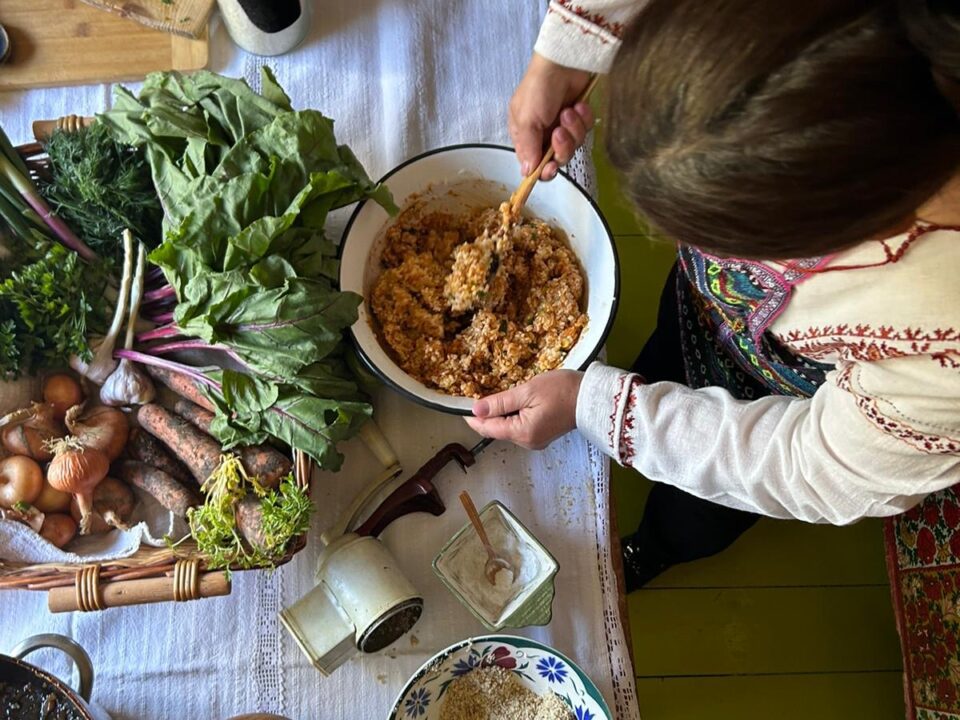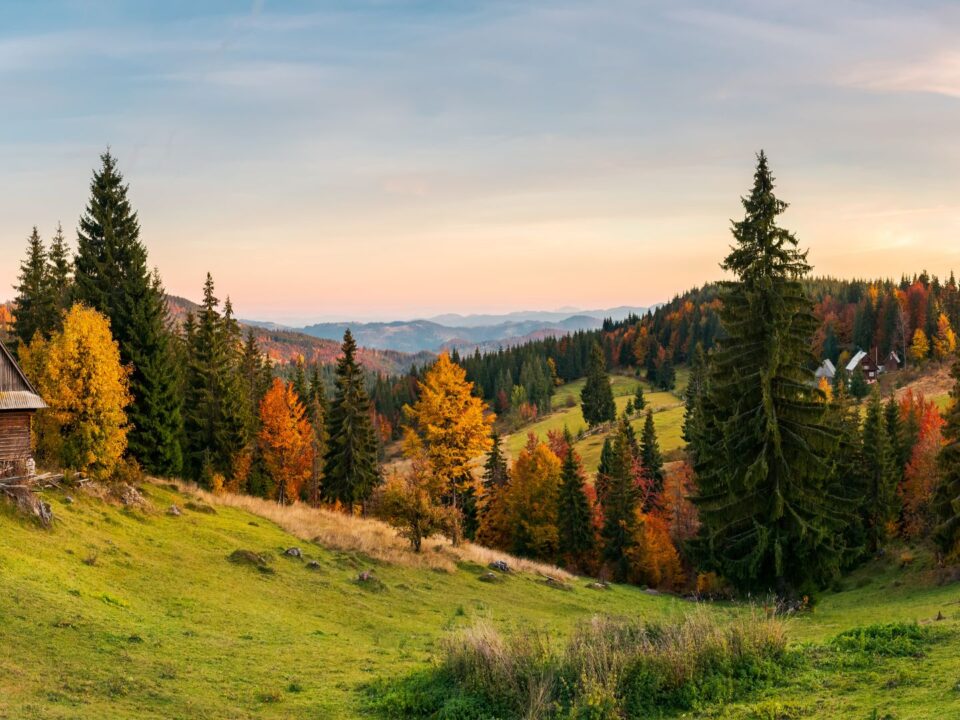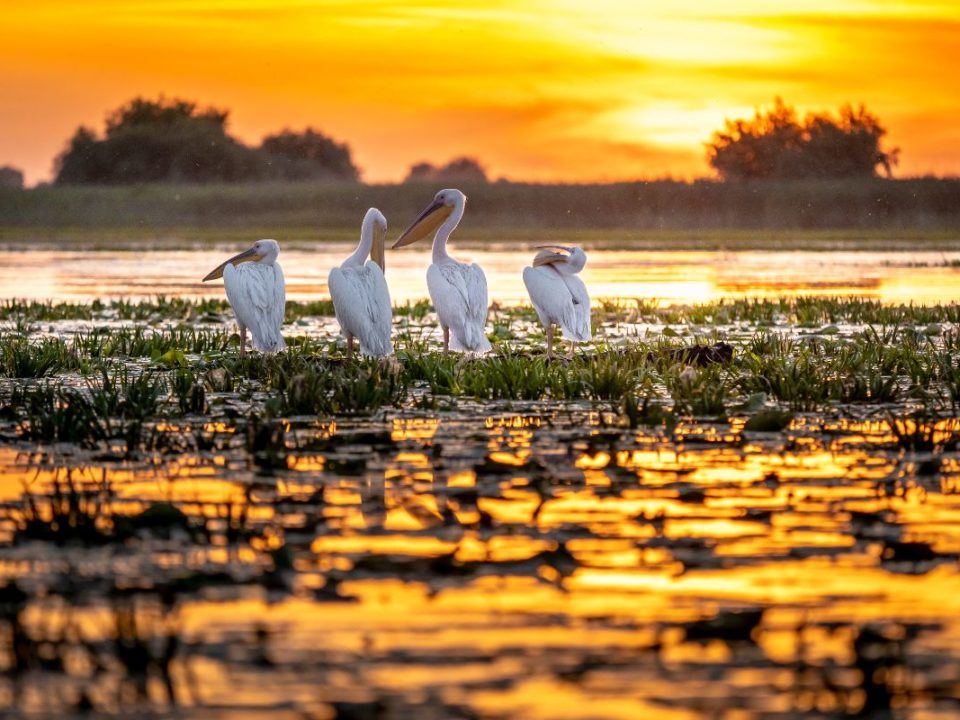
Let There Be Spring… The Romanian Way!
February 23, 2021
Those Magnificent Romanian Women And Their Flying Dreams
March 8, 2021– Part two –
Last week we welcomed spring with the legend of the Dragobete, the Romanian mythical representation of love. Let us now fully open the blooming season with the lovely, colorful, “Mărțișor“ day – taking place on the 1st of March!

Part two: the Mărțișor
Just as the Dragobete Day, the Mărțișor is also an ancient, traditional celebration, and it used to coincide with the New Year.
According to the old Roman calendar (which greatly influenced local culture, as the territory of present-day Romania was a province of the Roman Empire), the 1st of March was the first day of the New Year, marking the “Matronalia” – a ritual dedicated to Mars, the Roman god of war and nature, of spring and of agriculture. In Romanian, by the way, Mărțișor is actually a diminutive of the month of March – which in turn comes from the name of the god Mars.

According to tradition, the thread of the Mărțișor – the 365-day “rope” of the year, has been twisted by Dochia herself (yes, one and the same with Dragobete’s mother, she’s a very special lady in the Romanian pantheon). Thus, symbolically, the Mărțișor represents the thread of time, connecting every day of the year.
On the first day of spring, on Mărțișor Day, in some areas of the country there was an ancient custom according to which parents tied a silver coin to their children’s necks or hands. This talisman was accompanied by a twisted thread, made of white and red silk, and wearing it, the children were protected from misfortunes, remaining happy and healthy all year round.
Over time, the habit has been adopted by adults as well, and in recent decades it became a real social phenomenon: the exchange of lucky-charms, “mărțișoare” – small and delicate decorative objects (brooches or bracelets) tied with the traditional white-red thread.

Should you choose to visit Romania at the beginning of March, you will see the lovely “mărțișoare” worn with joy and pride by women all across the country, as on the streets you will encounter many colorful boutiques where you can browse for hours among countless variants of “lucky charms” – from the classic four-leaf clover to contemporary symbols and even artisan jewelry made by young designers from sustainable and environmentally-friendly materials.
P.S. If you’re curious to learn more about traveling to Romania (whether you are keen to discover Transylvania, explore Maramures, Bucovina or the Danube Delta), e-mail me to get a free sample itinerary.




